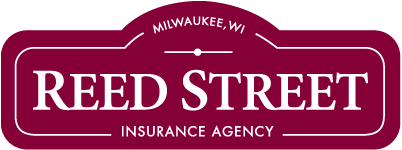Only slightly more than half of the 10 million properties in the U.S. at higher risk of flooding are insured through the National Flood Insurance Program (NFIP). And less than seven percent of all homes are insured against the risk of a flood. Both of those facts are cause for concern when you consider that:
- The National Academy of Sciences reports that flood damage is expected to double every decade for the rest of the century on account of climate change and increased coastal urbanization.
- There is a 26 percent chance that at-risk properties will experience a flood loss during their 30-year mortgage.
- While there is a one percent chance of a home experiencing a fire in a 30-year period, only five percent of Americans forgo homeowners insurance.
- People who live outside of high-risk areas file more than 20 percent of NFIP claims and receive one-third of disaster assistance for flooding. (This is especially true for homes in new housing developments since developers often divert natural runoff paths and knock down trees to accommodate new homes.)
- Winter storms and melting snow are common and overlooked causes of floods that can happen to homeowners who don’t live in high-risk flood areas.
One in five people falsely believe that flood coverage is provided under their homeowners policy. Yet due to the often widespread catastrophic nature of flooding, homeowners policies do not automatically include flood coverage. Coverage is usually provided by the NFIP, a program created in 1968 by the U.S. federal government.
Most (but not all) communities are eligible for flood insurance. An insurance professional like an Erie Insurance agent can tell you if it’s available in your area. If it is, you can purchase flood coverage through ERIE’s partnership with American Bankers Insurance Company, a top-ranked federally funded flood carrier. If you’re interested in flood insurance, it’s better to act sooner rather than later since there’s a 30-day waiting period before the policy goes into effect.
In addition to contacting your Erie Insurance agent, you can also learn more about flood prevention and the NFIP by visiting FloodSmart.gov or floodtools.com or by calling 1-800-CALL-FLOOD (1-800-225-5356).
